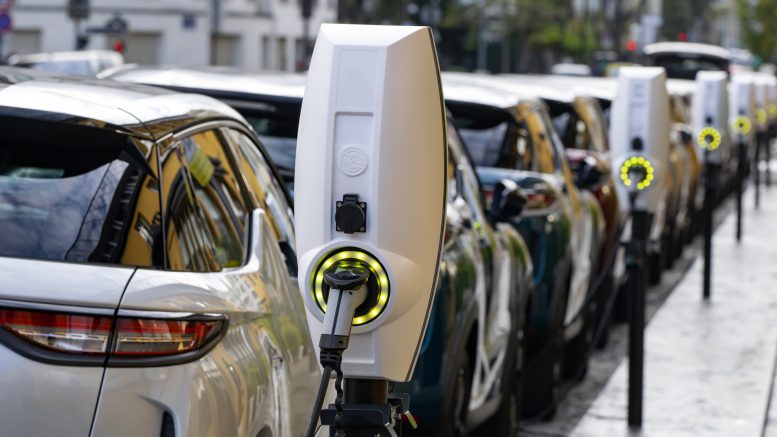Electric vehicle sales have surged nearly 90% so far this year and will likely jump by 40% year-on-year in 2022, economist Patricia Mohr tells The Northern Miner.
The former vice-president of Scotiabank and now independent analyst and founder of the publication Critical Metals for a Sustainable World, expects global EV sales will reach 5.7 million units by the end of this year, up from about 3 million in 2020, and says she “wouldn’t be surprised” if they totalled 7 or 8 million units in 2022.
Sales of China’s New Energy Vehicles (NEV), a category that includes different kinds of EVs, soared to 2.4 million units in the first ten months of 2021, a 189% year-on-year increase, according to Mohr.
The NEVs accounted for a 14.3% share of China’s total passenger car market sales from January to October.
EV sales in Eurozone reached 1.2 million units in the first three quarters of 2021. In terms of market share, they made up 18.9% of all passenger car sales in the third quarter, up from a 9.9% market share in the same period of 2020.
The United States, where EVs have a significantly lower market share of the total passenger car market, saw the market share of plug-in electric cars and light trucks during the first ten months of this year rise to 3.7%, up from 2% in the twelve months of last year.
“What this tells you is that there is indeed a transition underway,” she said in an interview, adding that rising demand for EVs will boost demand for metals used in the vehicles, particularly copper and nickel.
“An average EV uses roughly three to four times more copper than an ordinary combustion engine,” she said, adding that large carmakers like Ford and General Motors have “quite extraordinary” plans to roll out more EVs.
Mohr expects the copper price to average US$4.20 per lb. next year, down slightly from an average of US$4.25 per lb. in 2021, while nickel will rise to an average of US$9.25 per lb. in 2022, up from an average of US$8.40 per lb. this year.
The biggest winners in terms of price appreciation in 2021, however, have been the rare earth elements (REEs), and in particular the light REEs neodymium and praseodymium, and the heavy REE dysprosium — all of which are used in EVs.
As an example, Mohr noted that the price of neodymium oxide (99% China FOB), hit US$125,255 per tonne in November. On December 8, the price spiked to US$142,300 per tonne, a 79% increase from a year ago, and the highest since May 11 in 2012.
“The reason why heavy rare earth metals have done well is because most of it is supplied to China through Myanmar and that has become constrained because of the military coup in Myanmar,” she explained. “The light rare earth metals’ performance has to do with the strength of EV sales.”


How come no comments on Lithium?